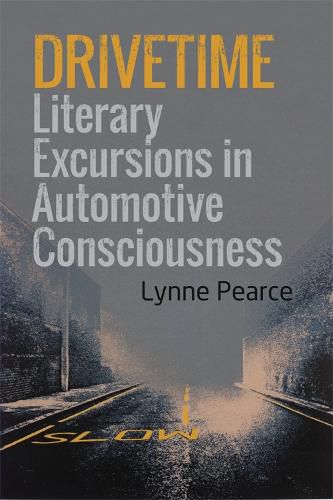Readings Newsletter
Become a Readings Member to make your shopping experience even easier.
Sign in or sign up for free!
You’re not far away from qualifying for FREE standard shipping within Australia
You’ve qualified for FREE standard shipping within Australia
The cart is loading…






What sorts of things do we think about when we’re driving
or being driven
in a car? Drivetime seeks to answer this question by drawing upon a rich archive of British and American texts from ‘the motoring century’ (1900-2000), paying particular attention to the way in which the practice of driving shapes and structures our thinking. While recent sociological and psychological research has helped explain how drivers are able to think about ‘other things’ while performing such a complex task, little attention has, as yet, been paid to the form these cognitive and affective journeys take. Pearce uses her close readings of literary texts
ranging from early twentieth-century motoring periodicals, Modernist and inter-war fiction , American ‘road-trip’ classics , and autobiography
in order to model different types of ‘driving-event’ and, by extension, the car’s use as a means of phenomenological encounter, escape from memory, meditation, problem-solving and daydreaming.
$9.00 standard shipping within Australia
FREE standard shipping within Australia for orders over $100.00
Express & International shipping calculated at checkout
What sorts of things do we think about when we’re driving
or being driven
in a car? Drivetime seeks to answer this question by drawing upon a rich archive of British and American texts from ‘the motoring century’ (1900-2000), paying particular attention to the way in which the practice of driving shapes and structures our thinking. While recent sociological and psychological research has helped explain how drivers are able to think about ‘other things’ while performing such a complex task, little attention has, as yet, been paid to the form these cognitive and affective journeys take. Pearce uses her close readings of literary texts
ranging from early twentieth-century motoring periodicals, Modernist and inter-war fiction , American ‘road-trip’ classics , and autobiography
in order to model different types of ‘driving-event’ and, by extension, the car’s use as a means of phenomenological encounter, escape from memory, meditation, problem-solving and daydreaming.